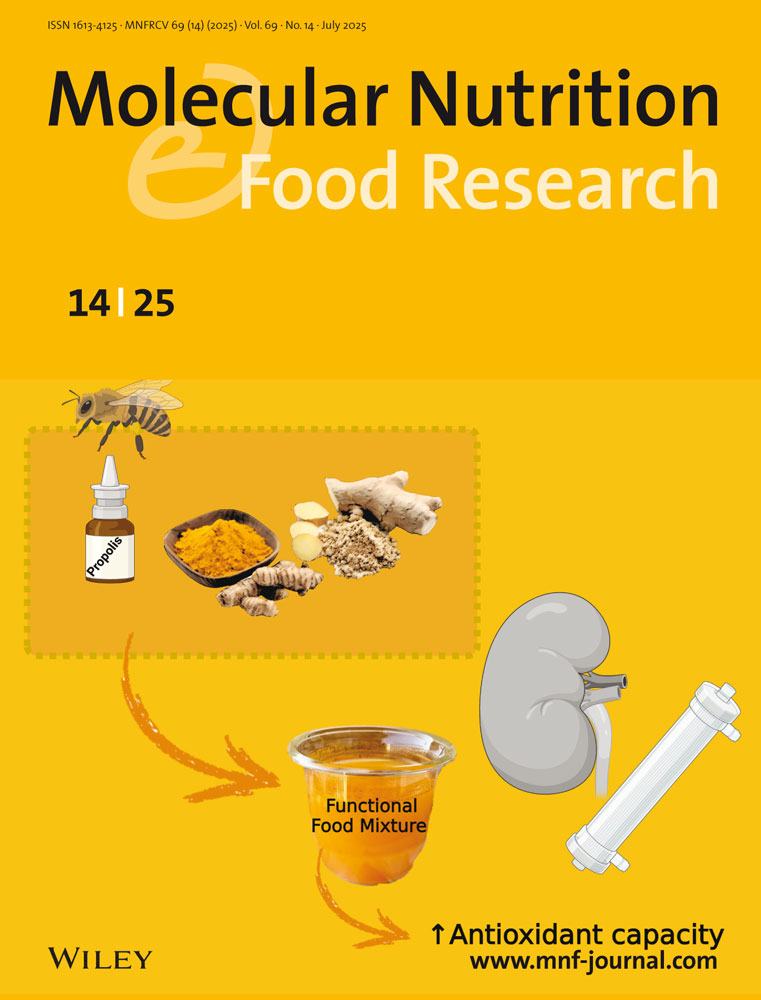Chemical, technological, and nutritional characteristics of two lines of “farro” (Triticum turgidum ssp. dicoccum)
Abstract
In recent years, the renewed interest for foods with a natural image has increased the demand for dry pasta produced from “hulled” wheat such as the Triticum turgidum ssp. dicoccum, also known as “farro”. In order to contribute to the general knowledge, two lines of farro were considered in this study. To have a comparison, an old cultivar of Triticum turgidum ssp. durum (Senatore Cappelli) in addition to a commercial semolina were also examined. All semolina samples were used to produce pasta samples. Results showed some differences among pasta samples that seem to be due not to the presence of specific protein subunits but especially to the quantitative ratio between the different subunits. Results also reconfirmed the role played by the drying technology that is able to affect the sensory characteristics of pasta products.




